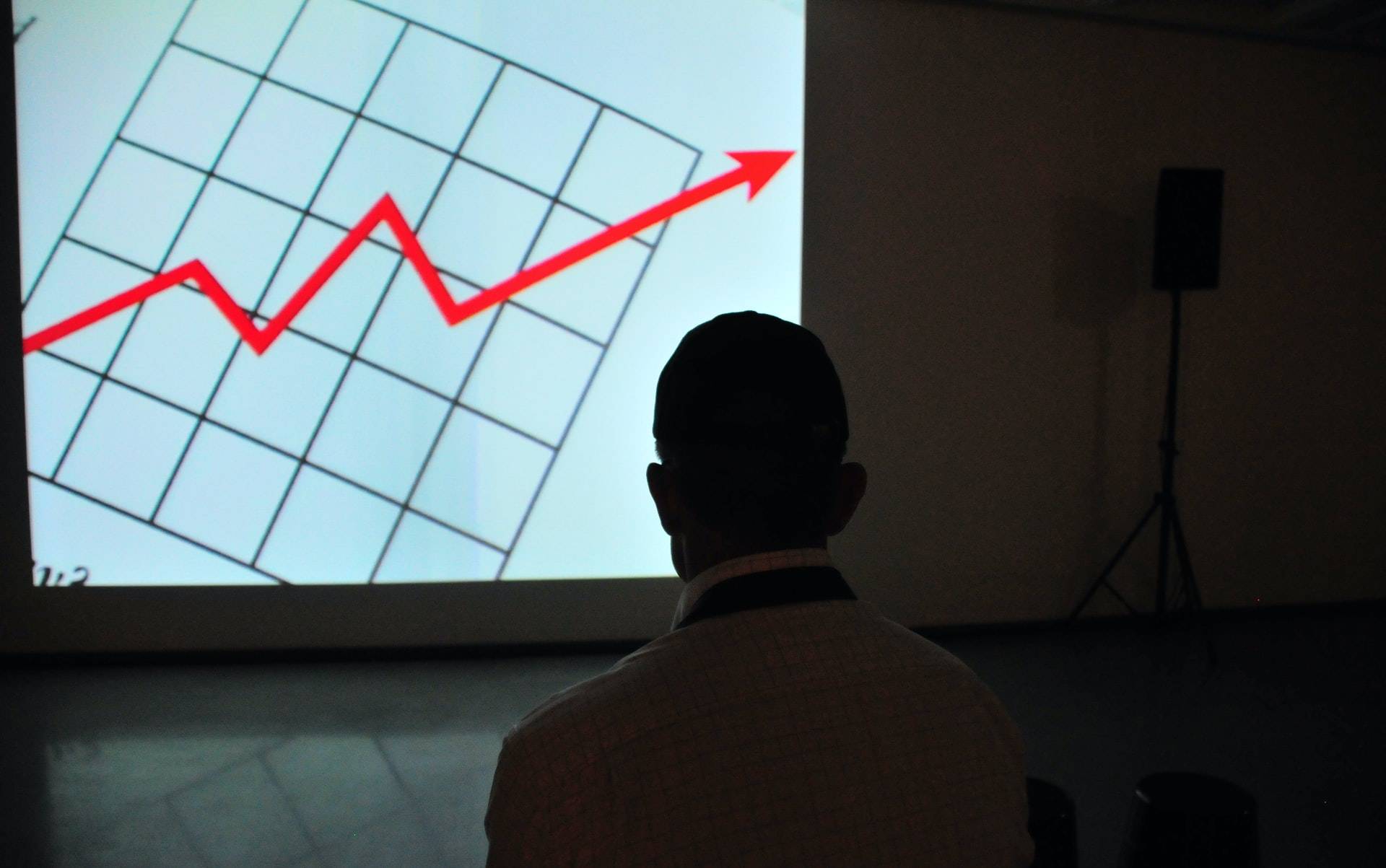The meme stock fever that fueled Wall Street’s excitement in 2021 has once again hit the stock market. The rumored return of the legendary user @RoaringKitty, the icon behind the speculative attacks by the WallStreetBets group, has caused shares of GameStop and AMC to surge by 180% and 135%, respectively, since the beginning of the week. A cryptic tweet by Keith Gill (the real name of @RoaringKitty) on the X platform has raised expectations for a return to the euphoria among WallStreetBets speculators, who drove up stock prices by hundreds of percent three years ago. What is this phenomenon all about, and what should we know about it? Let’s dive in together.
A Brief History of the Meme World
WallStreetBets, or WSB, is a subreddit where participants discuss their trading strategies for stocks and options. What sets this group apart is its colorful and often vulgar jargon, combined with aggressive trading strategies that resonate with the tastes of the 21st-century youth. In 2021, WSB was the birthplace of the trend of aggressively buying shares of certain stocks, often struggling financially, leading to astronomical market gains. Later, this trend spread to the cryptocurrency market, providing a new playground for adrenaline-seeking, novice investors willing to risk their life savings.
To achieve such astronomical gains, fuel is required, and every savvy investor knows that retail investors (those with relatively small capital) do not significantly drive market volatility. In 2023, retail investors accounted for about 20% of the market, and this figure has a significant margin of error. However, small investors discovered that many well-known companies, iconic to Gen Z and Millennials, were heavily shorted by well-capitalized hedge funds. These funds, driven by cold calculations, bet on the decline (short selling) of companies that had failed to adapt to the times and faced financial difficulties.
In many cases, the percentage of short positions exceeded the available number of shares in circulation. It’s challenging to sell more than you own, but modern finance has provided tools to make the impossible possible. Thus, the idea emerged to unite under a single banner to lift the stock prices of struggling companies as a form of rebellion against corporate dominance and sheer human greed.
David vs. Goliath
What effect can a sudden surge in interest in a company’s stock, which is on the brink of bankruptcy and long considered a lost cause, have? Naturally, the result is significant price increases. The catch is that with substantial hedge fund positions on short sales (profit from declines), higher price increases force many funds to close these transactions, further driving up stock prices (short covering involves buying back previously sold shares).
This created a snowball effect in the market, commonly known as a short squeeze. In both 2021 and now, this has driven the astronomical price increases of selected stocks. The scale of the short squeeze depends on the percentage of shorted shares and the level of interest among small investors in a particular stock.
Challenges for Funds and Retail Investors
Investing in the stock market is a zero-sum game. My gain is your loss and vice versa. It’s no surprise that the battle between small investors and well-capitalized funds is a tough one. It brings both spectacular wins, with investors boasting huge profits online, and losses, often involving life savings. The same goes for corporations. In the long term, it seems that the amount of capital will prevail, allowing further profit from poorly performing stocks. However, in the medium term, funds can face losses of tens of billions of dollars. In 2021, funds lost nearly $20 billion due to the WSB action, and since Monday, the losses have amounted to $3 billion.
Meme Stocks: Beyond GameStop and AMC
While GameStop and AMC are often highlighted as symbols of Wall Street’s speculative fever, the meme stock frenzy extends to many other companies. These companies share common characteristics, such as high short interest (a large percentage of shares sold short), deteriorating financial performance, and recognizable or sentimental brands. Examples include SunPower, MicroCloud Hologram, and Maxeon Solar. Additionally, this phenomenon has spread to other markets, as seen with CD Projekt in 2021, when Elon Musk defended its stock price. This week, similar significant gains were observed in Volvo and HelloFresh shares.
Conclusion: The Bubble Almost Always Bursts
Adam Smith’s metaphor of the invisible hand of the market suggests that the market regulates itself, ensuring the most logical allocation of resources. The meme stock mania ignites interest among investors seeking large and quick profits, joining the speculative wave. Their decisions are driven by emotions rather than fundamental analysis. In the short term, emotions often dictate market sentiment, but in the long run, pragmatic aspects take over. While markets are not always efficient, the heightened interest in meme stocks can last as long as retail investor engagement remains high or until the fundamental situation changes. Until then, we can expect significant market excitement, driven by both emotional retail investors and calculated funds, on the volatile landscape of Wall Street.
Author: Mateusz Czyżkowski, Analyst at XTB
